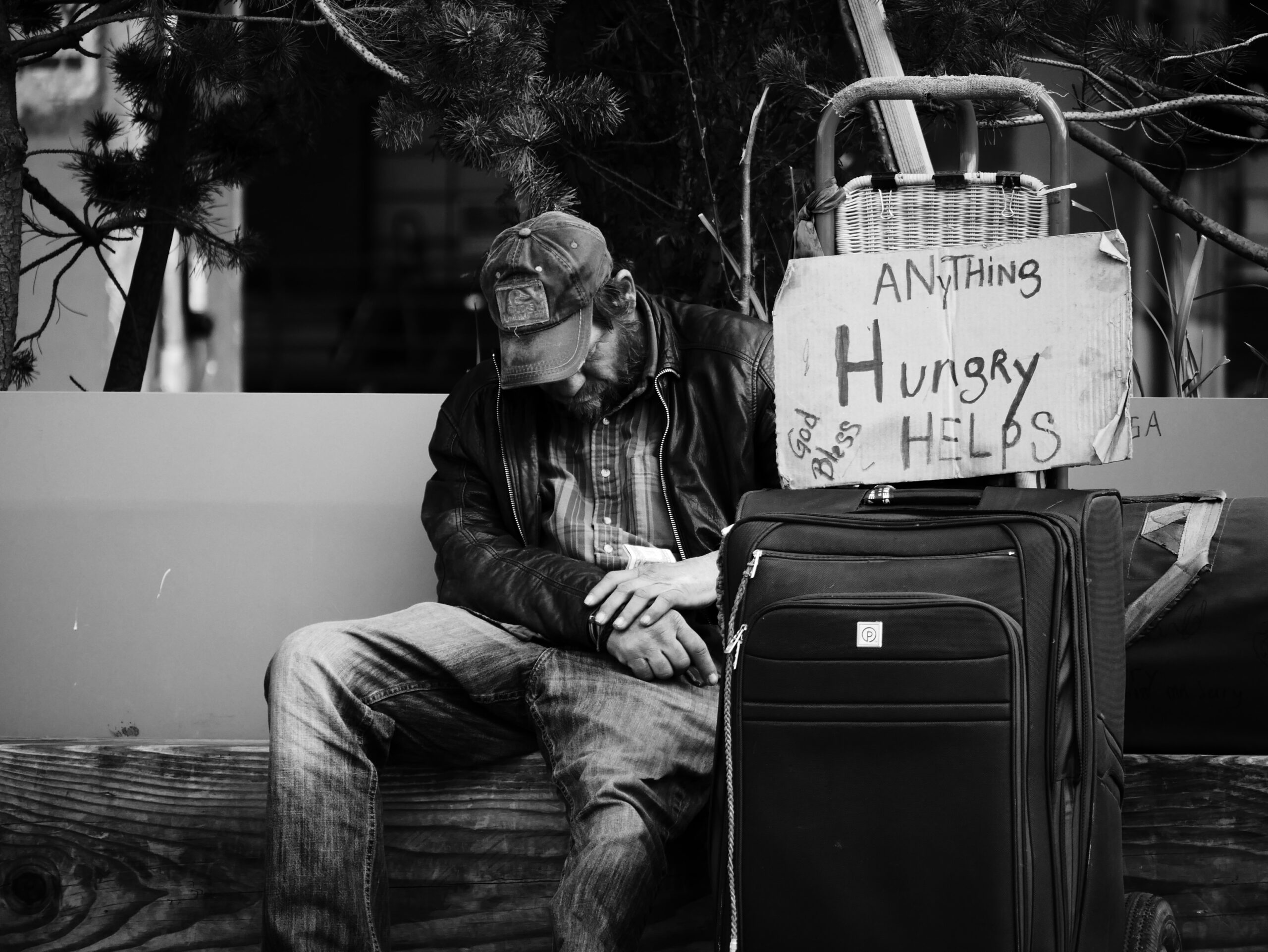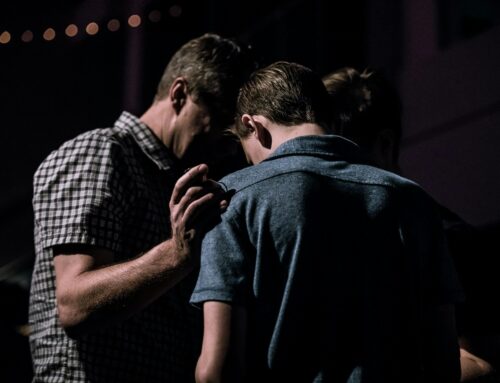The Corporal Works of Mercy are practical ways for Catholics to serve others by meeting their physical and material needs. Rooted in Scripture and Catholic tradition, these acts of mercy call believers to embody the love and compassion of Christ. Below is an outline of the seven Corporal Works of Mercy, their biblical foundation, what they mean, and how they can be lived out in daily life.
1. Feed the Hungry
What It Means
Feeding the hungry involves more than simply providing food—it’s an act of compassion that meets a basic human need while restoring hope and dignity. Jesus calls His followers to care for the hungry, saying, “For I was hungry and you gave me food” (Matthew 25:35). In Isaiah 58:7, believers are instructed to share bread with those in need, emphasizing that no one should go without nourishment.
How to Live It Out
- Donate to local food banks or parish food pantries.
- Volunteer at soup kitchens or shelters.
- Participate in community meal programs or prepare meals for those facing food insecurity.
- Support organizations working to end hunger, such as Catholic Relief Services.
2. Give Drink to the Thirsty
What It Means
Providing drink to the thirsty addresses both the physical and spiritual need for water, a symbol of life and renewal. In John 4:7-15, Jesus speaks to the Samaritan woman about “living water,” showing that acts of mercy satisfy more than physical needs—they offer hope and love.
How to Live It Out
- Donate bottled water to shelters or organizations serving the homeless.
- Support global water projects that provide clean water in developing countries.
- Offer water to outdoor workers or the homeless, especially during the summer.
- Raise awareness about water conservation and sustainability efforts.
3. Clothe the Naked
What It Means
Clothing the naked restores dignity and protection to individuals who lack the essentials. Jesus said, “I was naked, and you clothed me” (Matthew 25:36), calling believers to address the needs of those who are materially poor or in distress. Providing clothing also symbolizes the care and attention we should give to those on the margins.
How to Live It Out
- Donate clothes to thrift stores or charity organizations like St. Vincent de Paul.
- Organize coat drives for winter months.
- Offer school uniforms or professional clothing for job seekers.
- Volunteer at clothing distribution centers in emergency relief efforts.
4. Shelter the Homeless
What It Means
Sheltering the homeless involves more than offering a physical roof—it is about providing a place of refuge and belonging. Isaiah 58:7 reminds believers to bring the homeless poor into their homes, reflecting God’s care for those without shelter. Mary and Joseph’s search for shelter during the birth of Jesus also exemplifies the importance of offering hospitality to those in need.
How to Live It Out
- Volunteer at or donate to homeless shelters and transitional housing programs.
- Support organizations like Habitat for Humanity.
- Offer temporary housing or assistance to families in crisis.
- Advocate for affordable housing policies in your community.
5. Visit the Sick
What It Means
Visiting the sick is an act of mercy that reflects God’s call to comfort and care for those who are suffering. In Matthew 25:36, Jesus says, “I was ill and you cared for me,” inviting believers to be a source of hope and companionship to the sick. Caring for the ill fosters deeper connections and reminds them they are not alone.
How to Live It Out
- Visit patients in hospitals, nursing homes, or hospice centers.
- Bring meals or care packages to individuals recovering from illness at home.
- Offer to pray with and for the sick.
- Check in regularly with elderly neighbors or parishioners who may feel isolated.
6. Visit the Imprisoned
What It Means
Visiting the imprisoned recognizes the dignity and humanity of those behind bars. Hebrews 13:3 reminds believers to remember prisoners as if they were imprisoned alongside them. This act of mercy encourages compassion and hope for those seeking redemption and renewal, even in difficult circumstances.
How to Live It Out
- Participate in prison ministry programs that share the Gospel with inmates.
- Write letters or send care packages to those incarcerated.
- Donate Bibles or religious materials to prison libraries.
- Offer prayer for prisoners and their families, asking for reconciliation and healing.
7. Bury the Dead
What It Means
Burying the dead is a profound act of mercy that reflects respect for the human body and honors the sanctity of life. Tobit 1:17 recounts the righteous act of burying the dead, while John 19:40-42 shows how Joseph of Arimathea gave Jesus a proper burial. This work of mercy also reminds us of the importance of praying for the souls of the deceased.
How to Live It Out
- Attend funerals to support grieving families.
- Help with funeral arrangements for families in need.
- Volunteer to maintain gravesites or assist in parish cemetery care.
- Offer prayers for the souls of the departed, especially those who have no one to pray for them.
Living the Corporal Works of Mercy Every Day
The Corporal Works of Mercy provide a blueprint for putting faith into action. These acts remind us that Christ is present in the people we encounter daily, especially those who are vulnerable or in need. As Matthew 25:40 teaches, “Whatever you did for one of the least of these brothers and sisters of mine, you did for me.” Through these simple yet profound acts, we have the opportunity to embody God’s love in the world, bringing comfort, care, and hope to others.
These works are not meant to be grand gestures but can be carried out in small, meaningful ways every day. Whether volunteering at a shelter, offering food to someone in need, or writing a letter to an inmate, every act of mercy makes a difference. When we engage in the Corporal Works of Mercy, we draw closer to God and reflect His compassion to a world in need.





Leave A Comment